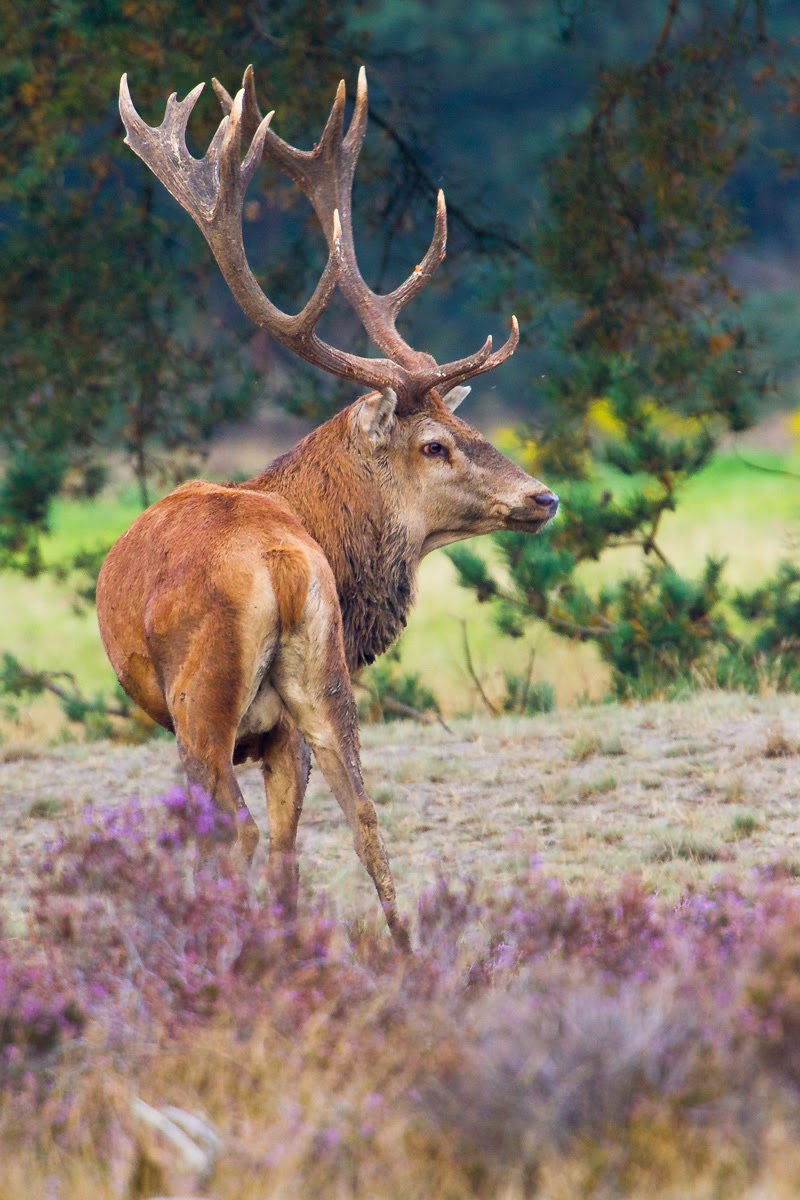Saturday was the last warm day of 2014, based on what weather forecast were telling us. And actually was quite pleasant, this week temperatures dropped of about 10 degrees.
So I decided to take the camera after almost a month and go somewhere to take pictures, and I decided for the Zuidpier (south pier) where on the shore it is possible to find diverse species of sandpipers and, being lucky also snow buntings and other interesting birds. I usually go in March but I decided to give it a try anyway. I took my beanbag and an old pan with me.
The main difference is that now sunrise is around 8am, and in March is around 6am, convenient one would say.. no it isn't convenient the beach had people walking scaring birds away right after the sunrise, hard to make birds come close.
A lot of seagulls and only one remarkable subject, in my opinion, one Bar-tailed Godwit, shouldering his way across the gulls. Laying on the sand, with the pan supporting the beanbag on the sand, I managed to get closer to the bird, little by little, making the pan (with the beanbag and the lens on the beanbag) sliding 30cm every time. I wasn't very close though, and the following pictures are consistent crops of the frame.
To testify the impressively warm year we are having in the Netherlands, the dunes were still really full of dragonflies, most of them flying in couples. No pictures, sorry, I'm very bad with macro photography :-(
Now the rutting season should be really over.. and we are entering the second part of Autumn with no much photography chances. I will try to look for birds of prey next month.. I will post about it if I have any success.
All photos taken with a Canon EOS 1D Mark IV and a Sigma 500mm F4.5 EX DG.
As usual, feel free to contact me for questions.
Thanks for reading.
















